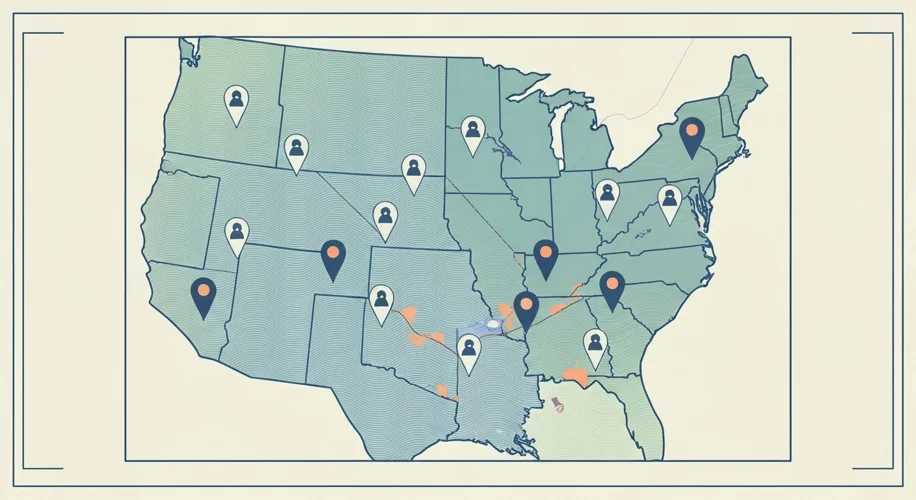It feels like we’re always trying to get ahead of something, doesn’t it? And right now, that something is COVID-19. Reports show cases are on the rise again across the country, with a particular uptick in the Southwest. This surge seems to be happening right alongside students heading back to classrooms.
What’s fueling this increase? Scientists are pointing to new variants, like one nicknamed ‘Stratus.’ These variants can be more transmissible, meaning they spread more easily from person to person. States like Texas and Colorado are already reporting higher infection rates, which often serve as an early indicator for what might be happening elsewhere.
As we’ve seen throughout the pandemic, these surges often correlate with shifts in our behavior. With schools reopening, there’s naturally more interaction among large groups of people, creating more opportunities for viruses to spread. This isn’t unique to COVID-19; it’s a pattern we often observe with seasonal respiratory illnesses as well.
From my background in atmospheric science, I’m always fascinated by how environmental factors can influence the spread of pathogens. While this surge isn’t directly linked to a specific weather event, understanding how viruses behave in different conditions is crucial. For example, we know that ventilation plays a significant role in indoor air quality. When schools and public spaces have better air circulation, it can help reduce the concentration of airborne particles, including viruses.
It’s a good reminder that even as we move forward, staying informed about public health trends is important. Understanding the science behind these surges helps us make informed decisions for ourselves and our communities. Let’s all do our part to stay safe and healthy as the seasons change.

